The Police Museum
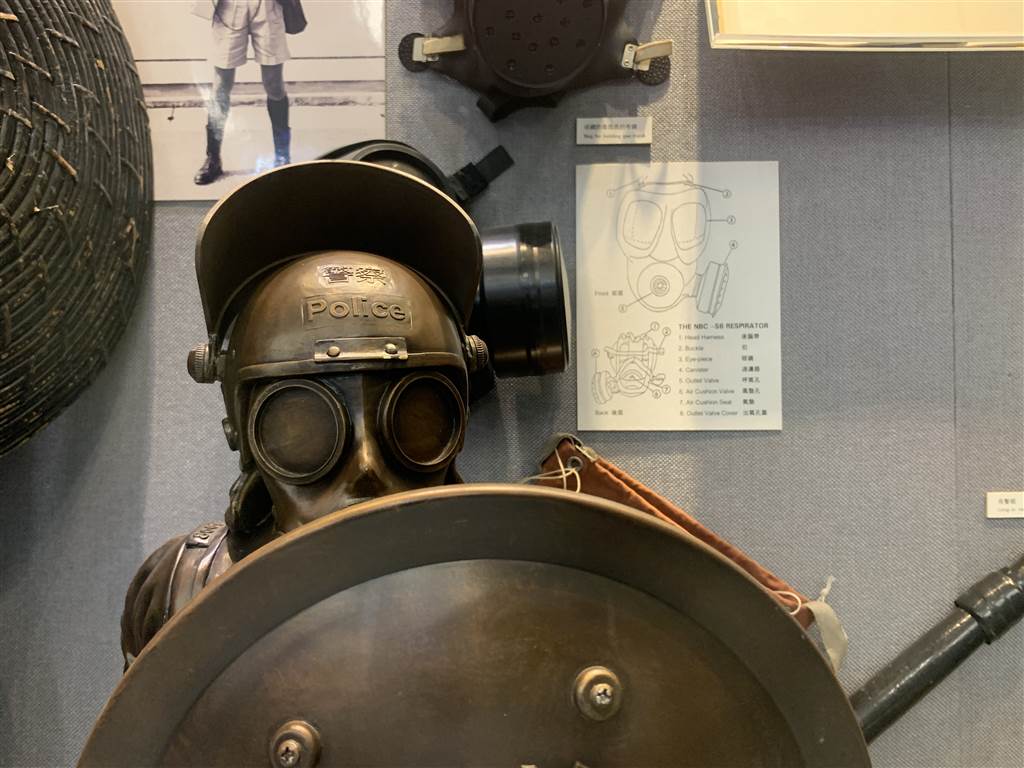
Given the turn of events since last year, the Police Museum is probably not a kind of place that I would like to visit. Who wants to make the effort just to receive more propaganda, as if what we have been getting is not enough? But the Police Museum presents the official history of the Hong Kong Police Force, and it is surprisingly pleasant.
The Museum
There were a total of five chambers within the museum showing different aspects of police history. The galleries display more than a thousand captions and artifacts. From machine guns to forensic photography, the museum covers many themes of the police’s work since its very beginning.
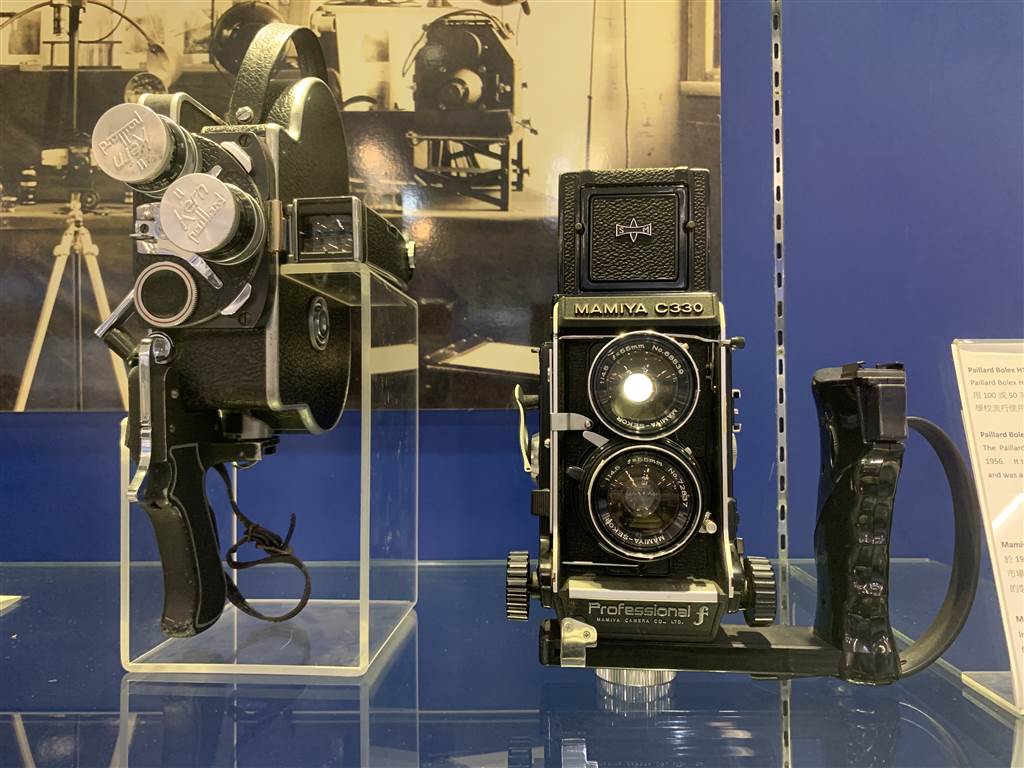
Photo: Forensic gear on display
I was particularly drawn to the history of police stations in Hong Kong because many police stations stand tall in the history of Hong Kong.
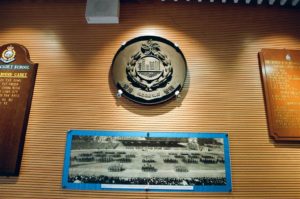
Police Stations and Their Historical Role
In 1841 when Britain formally took over Hong Kong, the Colonial Government set up the Hong Kong Police Force. The first “police station” in Hong Kong was a mere mat-shed shelter on a site next to what would become Tai Kwun in Central. Captain William Caine was the Chief Magistrate then overseeing the development of the Hong Kong Police Force.
The Tai Po Police Station would become the hotbed of conflicts when Britain took over the New Territories in 1899. The Colonial Government then decided to raise the British flag next to a mat-shed shelter police station on a hill in Tai Po known as Flagstaff Hill. The act of taking possession at the police station met with armed resistance of the indigenous villagers in the New Territories. The conflict set off what became known as The Six-Day War of 1899. Before the day due for flag raising, the villagers burned down this original site of the Tai Po Police Station. The flag raising later convened successfully, although the battles between the villagers and the Colonial army continued. Eventually, the new building for the Tai Po Police station would inaugurate, and served as the New Territories Headquarters for the Hong Kong Police Force.
A number of old police stations are now heritage sites. For example, the Tai Kwun, formerly the Central Police Station, is now a revitalized heritage site. The Tai O Police station is now a heritage hotel. And needless to say, the 1881 Heritage in Tsim Sha Tsui is formerly the Marine Police Headquarters. The Old Stanley Police Station of 1859 is the oldest police station building standing in Hong Kong. Finally, the Police Museum itself is formerly a police station, the Wan Chai Gap Police Station at the Peak, Coombe Road.
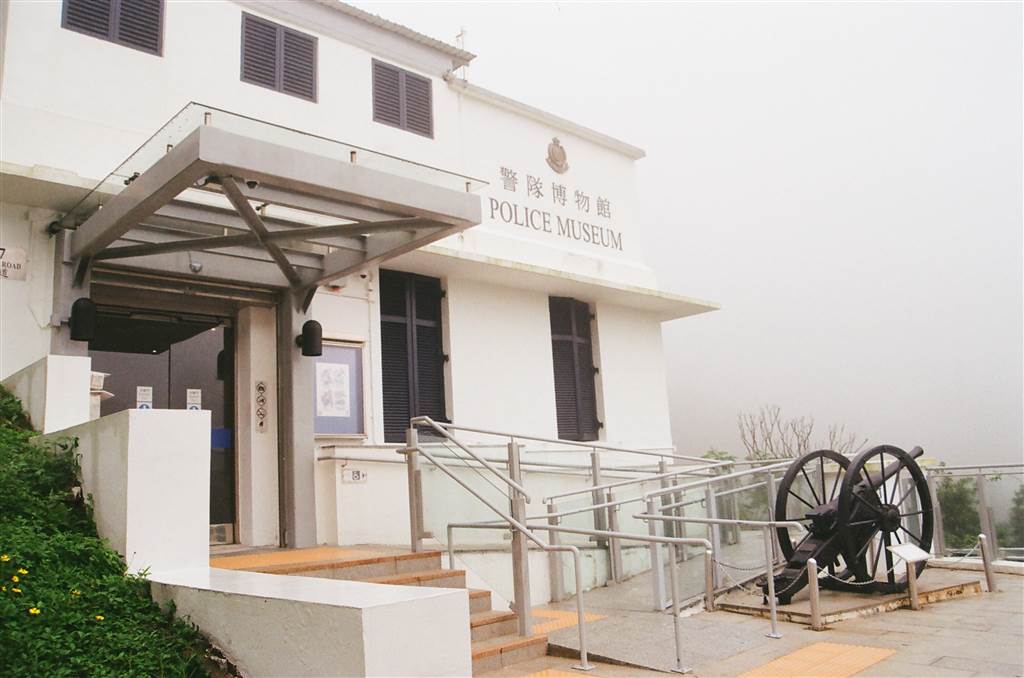
Yet there are historic police station buildings that continue to serve their original purpose. These are: the Police Station at the Peak (since 1886), the Cheung Chau Police Station (1913), Lok Ma Chau Police Station (1915), the Yau Ma Tei Police Station (1922), the Sham Shui Po Police Station (1925) and the Mong Kok Station (1925) respectively.
One of the most interesting history was the MacIntosh Cathedral. They are a group of Police posts along the northern border. Back in the 1950s, unstable conditions in mainland China has caused refugees to flee to Hong Kong. The police then had frequent clashes with gangsters at the border, sometimes in armed conflicts. Then Police Commissioner Duncan MacIntosh established seven border posts of reinforced concrete between 1950 and 1953 along a string of hills at the border. They became known as the MacIntosh Cathedral.

Photo: a model of the MacIntosh Cathedral
As of now, there are 62 police stations, patrol posts and reporting facilities in Hong Kong.
The Story of the Lost Bren Gun HKP004 of Police Launch No. 1
On the display is a Bren Gun that used to belong to the Marine Police. In 1949, pirates attacked the Police Launch No. 1, killing a few officers and taking away this gun. In 1956, an amrmourer of the Royal Electrical and Mechanical Engineers Command Workshop in Kowloon found this gun in the repair unit. It turns out that this gun was recaptured by the British forces in the Korean War and subsequently used by three separate British army regiments before being sent back to Hong Kong. I marveled at this story.
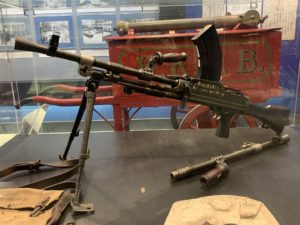
The Blue Berets
Perhaps the part of police history that is most relevant to the events of last year is the history of the Tactical Unit. After the “Double Tenth” riot of 1956, the British assessed the situation and set up the Police Tactical Contingent in an army camp in Fanling. The unit would serve to maintain internal security. Training started in 1958. The training involved six modules including internal security control, crowd management, anti-crime tactics, firearms training, physical training and other training. The unit served a critical role in suppressing the 1967 Riots. The Police Tactical Unit was renamed such in 1968. They are distinguished by the blue berets that they wear, and thus locally known as “blue berets.”
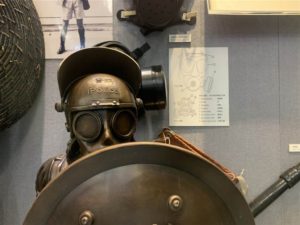
The Narcotics and Triads Gallery
My friend was particularly keen on seeing this gallery. Indeed, small as it is, it does give us a glimpse of the triads and their working, including initiation ceremonies. There is a “heroin-making” display that is also very interesting. Perhaps due to the sensitivity of the subject matter, we could not take any photographs in these galleries.
Overall, this exhibition has shown some really interesting history. Although as official history there is not one word on police corruption in the early times and police brutality now, both of which being a major disgrace, the museum does present interesting facts that are not controversial. I highly encourage anyone with children to see the museum. Of if you hold the Hong Kong Police in distaste, perhaps reading this entry alone will do for you.
We went by private car and there is metered parking on site.
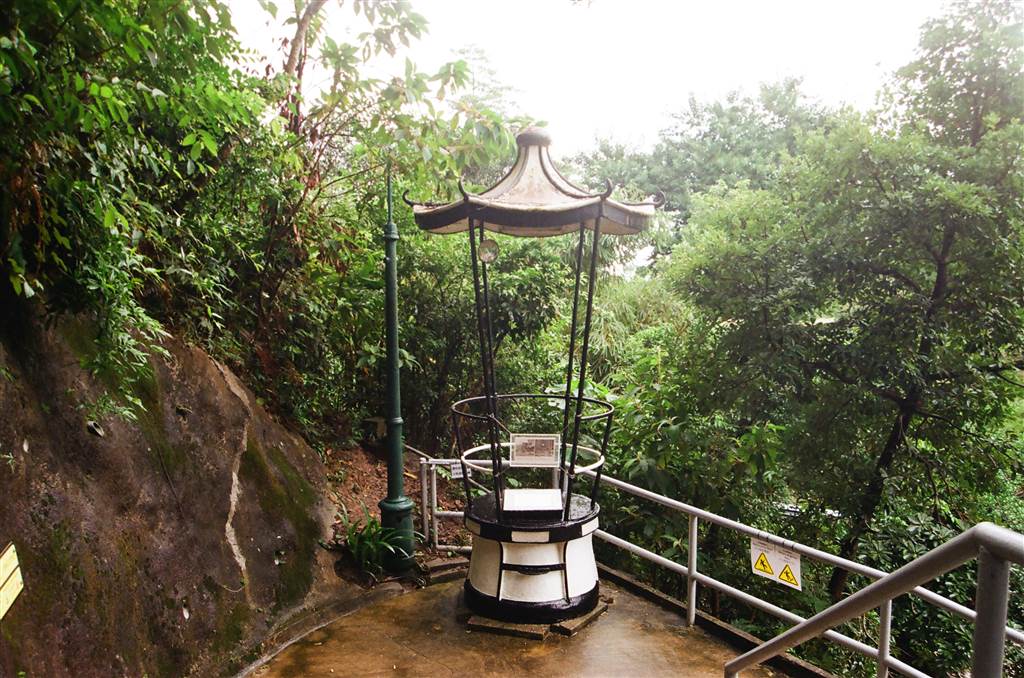
Photo: This was an actual traffic-direction booth
Source: The exhibition on site at the Police Museum.
